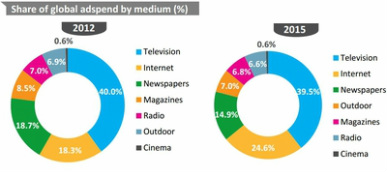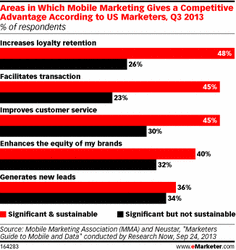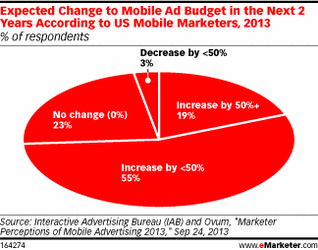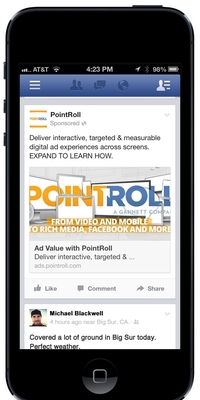Twitter on Tuesday announced the ability for marketers to target ads more precisely on the site using customer email addresses or users’ Twitter ID information.
The new targeting options mark an expansion of the tailored audiences program the company introduced last month for retargeting users, based on expressed interests in particular brands or categories by bringing their own or third-party data.
One of the additional ways to create audiences rolled out today allows marketers to use their own lists of customer email addresses to retarget them on Twitter or use CRM database records previously stored with an ad partner. Similar to how Custom Audiences work on Facebook, email addresses would be sent to Twitter as hashes -- unreadable alphanumeric strings -- for matching against its database to find the appropriate users.
In a blog post today, Kelton Lynn, product manager, revenue at Twitter, gave the example of a fashion retailer that wants to advertise a spring clearance sale on the site, but is opting to show the ad only to current loyalty cardholders.
The other new approach for audience targeting is to use lists of Twitter IDs -- either user names or the unique number that identifies a Twitter account -- to reach new prospects. The same fashion retailer could leverage public data on Twitter including a user’s bio, follower count, verified status or past tweets to glean specific accounts that are best suited to receive a particular ad or offer.
“The retailer would then use this list of Twitter ID’s to create a tailored audience through an ads partner, show those fashion influencers a Promoted Account and engage them as followers,” stated the post. Twitter is also allowing marketers to exclude certain CRM and user ID audiences from the set of users it wants to reach through existing targeting options tied to interests, keywords and TV.
If the retailer is running a new customer acquisition campaign aimed at Twitter users who are interested in fashion and style, it can use the loyalty cardholder audience to remove anyone who fits that interest category but is already a loyalty member.
Advertisers will continue to receive the same reports showing the number of users who viewed, clicked on or converted from an ad, without identifying individual users.
For the CRM-based ads, Twitter said it’s working with several third-party data providers -- some of whom also work with Facebook -- including Acxiom, Datalogix, Epsilon, Liveramp, Mailchimp, Merkle and Salesforce ExactTarget. The company will also allow marketers to use its Ads API to create both CRM- and Twitter ID-based audiences.
What about privacy concerns raised by the more direct targeting methods? Lynn explained in the blog post that Twitter users can uncheck the box in their privacy setting next to “Tailor ads based on information shared by ads partners,” and Twitter won’t match their accounts to information from its ads partners for tailored audiences.
Twitter also sets a minimum audience size for all tailored advertising to avoid overly specific targeting.







 RSS Feed
RSS Feed